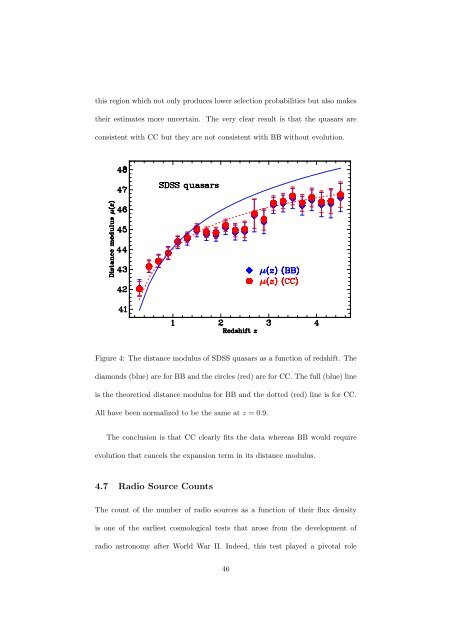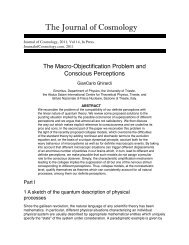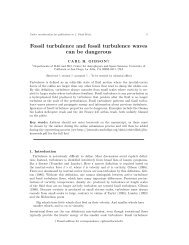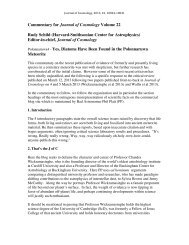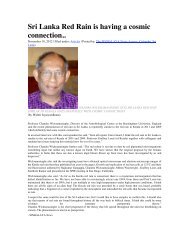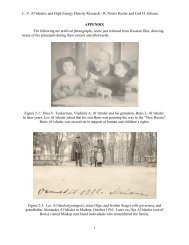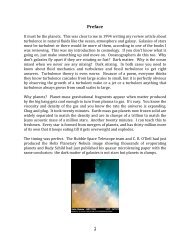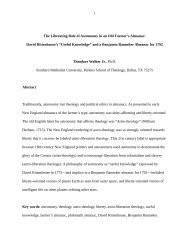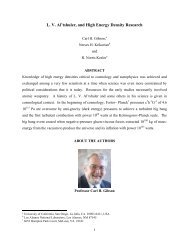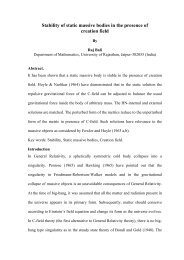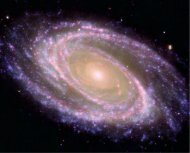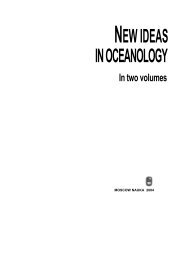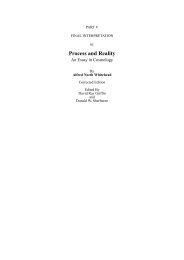Observational Evidence Favors a Static Universe - Journal of ...
Observational Evidence Favors a Static Universe - Journal of ...
Observational Evidence Favors a Static Universe - Journal of ...
You also want an ePaper? Increase the reach of your titles
YUMPU automatically turns print PDFs into web optimized ePapers that Google loves.
this region which not only produces lower selection probabilities but also makes<br />
their estimates more uncertain. The very clear result is that the quasars are<br />
consistent with CC but they are not consistent with BB without evolution.<br />
Figure 4: The distance modulus <strong>of</strong> SDSS quasars as a function <strong>of</strong> redshift. The<br />
diamonds (blue) are for BB and the circles (red) are for CC. The full (blue) line<br />
is the theoretical distance modulus for BB and the dotted (red) line is for CC.<br />
All have been normalized to be the same at z = 0.9.<br />
The conclusion is that CC clearly fits the data whereas BB would require<br />
evolution that cancels the expansion term in its distance modulus.<br />
4.7 Radio Source Counts<br />
The count <strong>of</strong> the number <strong>of</strong> radio sources as a function <strong>of</strong> their flux density<br />
is one <strong>of</strong> the earliest cosmological tests that arose from the development <strong>of</strong><br />
radio astronomy after World War II. Indeed, this test played a pivotal role<br />
46


